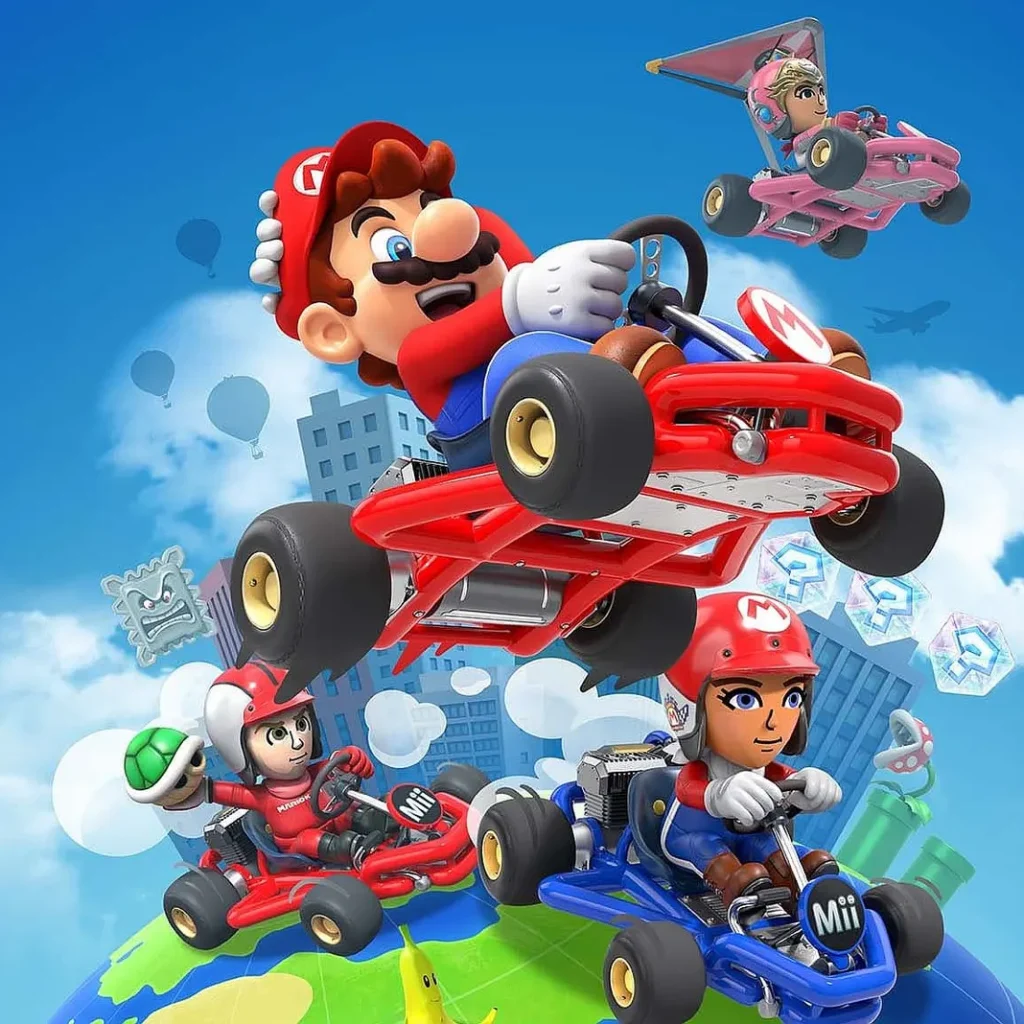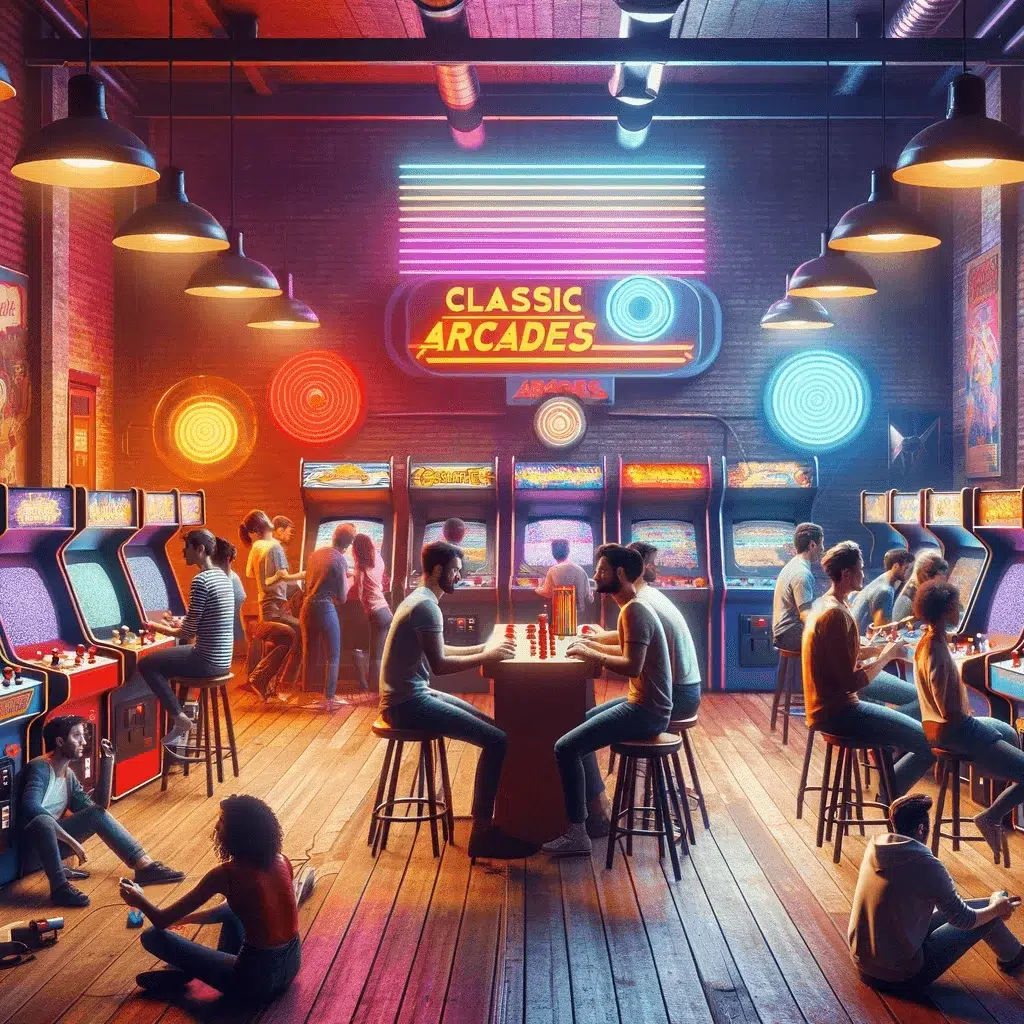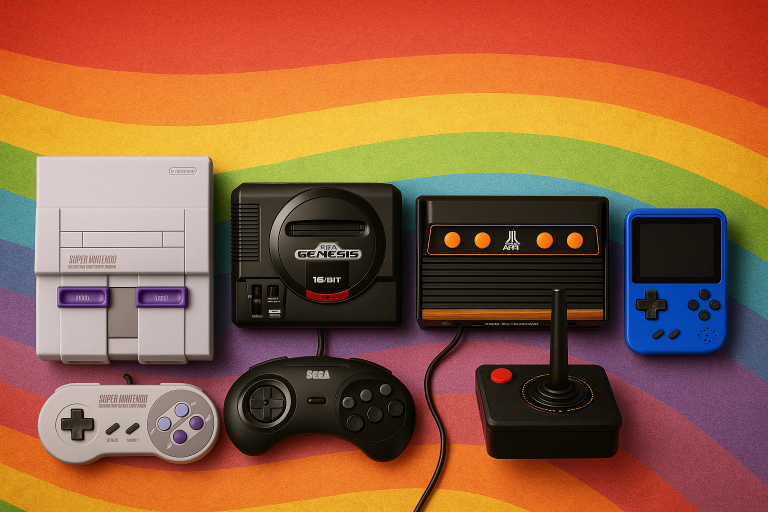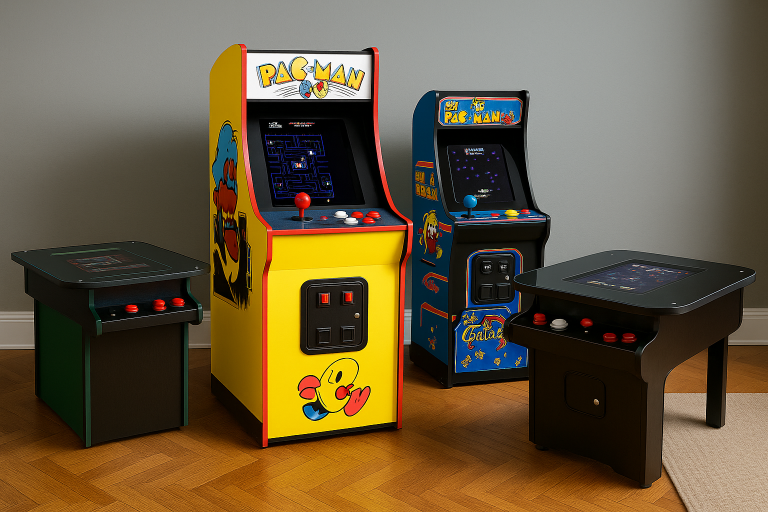Nintendo Switch: A Remarkable Journey to Becoming the Third-Best-Selling Console
The Nintendo Switch, since its inception in 2017, has defied expectations, crafting a unique niche in the gaming world. It recently reached a monumental milestone, surpassing 122 million sales and officially becoming the third-best-selling console of all time, outstripping the likes of PlayStation 4 and the Game Boy. This achievement is not just a numerical victory; it’s a testament to Nintendo’s innovative spirit and understanding of the gaming landscape.
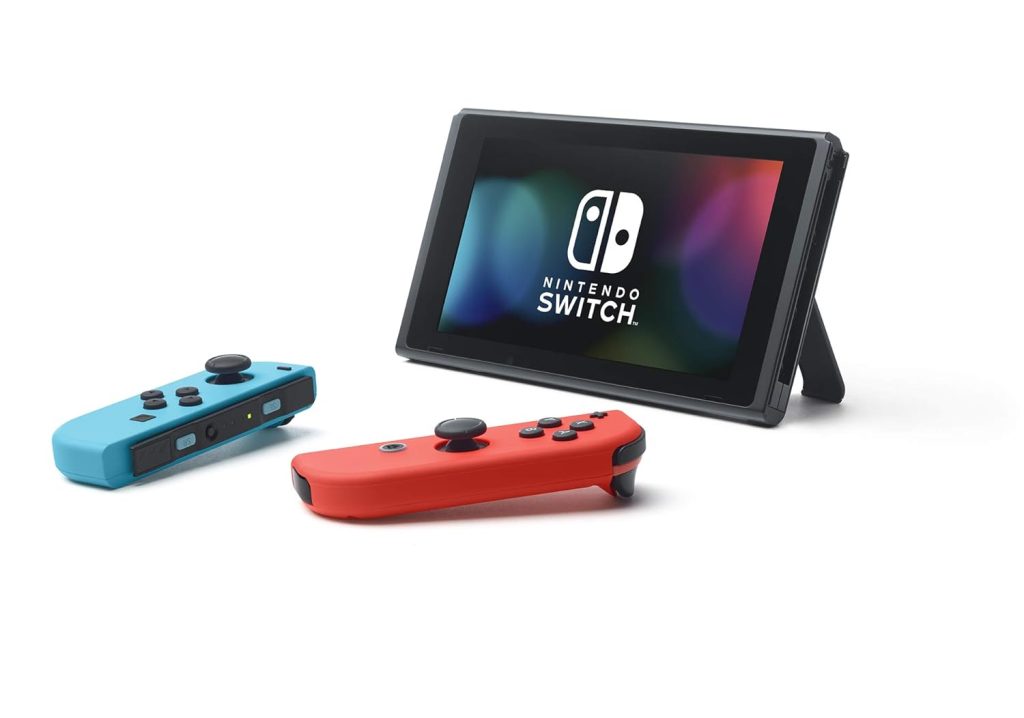
Nintendo Switch™ – OLED Model w/ Neon Red & Neon Blue Joy-Con™
- Vivid 7” OLED screen
- Local co-op, online, and local wireless multiplayer
- 64 GB internal storage (a portion of which is reserved for use by the system)
- Enhanced audio in handheld and tabletop modes
- Wide adjustable stand
The Switch’s journey to this achievement is as remarkable as the milestone itself. Combining the portability of handheld devices with the power of a traditional console, the Switch offered a unique gaming experience. Its appeal was broad, attracting hardcore gamers and casual players alike. This hybrid model was a significant departure from Nintendo’s previous console, the Wii U, which sold a mere 13 million units. The Switch’s success is even more impressive considering the global semiconductor shortages that have plagued the tech industry, impacting production and supply chains.
Despite these challenges, Nintendo’s projection of around 18 million sales for its current fiscal year is notable. As we look to the future, there’s speculation about a successor to the Switch. However, Nintendo’s strategy remains shrouded in mystery. Will they build upon the Switch’s success, or will they innovate in a new direction? Nintendo’s history suggests a penchant for innovation, often taking the market by surprise with products like the Game Boy, the Wii, and the Switch itself.
Software sales have been a cornerstone of the Switch’s success. Titles like ‘Pokémon Scarlet and Violet’ have seen phenomenal sales, shifting an incredible 20 million copies in just six weeks. ‘Splatoon 3’ has also been a hit, cruising to 10 million sales. However, it’s ‘Mario Kart 8 Deluxe’ that stands out with an astonishing 52 million copies sold, joining the ranks of gaming’s most elite titles.
This software success extends to the entire games library of the Switch, contributing significantly to its overall appeal. The top 10 best-selling Switch games are a testament to the console’s diverse and high-quality game offerings:
- Mario Kart 8 Deluxe – 52 million
- Animal Crossing: New Horizons – 41.59 million
- Super Smash Bros. Ultimate – 30.44 million
- The Legend of Zelda: Breath of the Wild – 29 million
- Pokémon Sword and Shield – 25.68 million
- Super Mario Odyssey – 25.12 million
- Pokémon Scarlet and Violet – 20.61 million
- Super Mario Party – 18.79 million
- Ring Fit Adventure – 15.22 million
- Pokémon: Let’s Go, Pikachu! and Eevee! – 15.07 million
Overall, the Switch has sold nearly 994 million games, more than any other Nintendo console, thanks in part to its thriving digital marketplace.
As we look back on the Switch’s six-year journey, few could have predicted that a console based on then-dated hardware could attain such a level of success. It was the simplicity of Nintendo’s pitch – combining home and handheld gaming into one device, coupled with the strength of its in-house software – that saw it through. Now, as the gaming world anticipates Nintendo’s next move, one question remains: will Nintendo follow its successful formula, or will it once again surprise us with something completely new?
Frequently Asked Questions (FAQs)
1. What has propelled the Nintendo Switch to such high sales figures? The Switch’s success is largely attributed to its unique hybrid design, blending handheld portability with traditional console gaming. Its diverse game library, appealing to a wide range of gamers, and strategic marketing have also played significant roles.
2. How did the Nintendo Switch surpass PlayStation 4 and Game Boy in sales? Nintendo Switch surpassed these consoles by offering an innovative gaming experience that resonated with a broader audience. Its versatility and the strong lineup of first-party titles were key factors in attracting a wider user base.
3. What impact did semiconductor shortages have on the Switch’s production? Semiconductor shortages presented challenges in production and supply chains. Despite this, Nintendo managed to maintain strong sales, although the shortages potentially limited the number of units that could be produced and sold.
4. What are the best-selling games on the Nintendo Switch? The top-selling games include ‘Mario Kart 8 Deluxe’, ‘Animal Crossing: New Horizons‘, ‘Super Smash Bros. Ultimate‘, ‘The Legend of Zelda: Breath of the Wild‘, and ‘Pokémon Sword and Shield‘, among others.
5. Will Nintendo continue with the Switch model or innovate in a new direction for their next console? While Nintendo’s future strategy is not publicly confirmed, the company is known for its innovation. They may continue to build upon the successful Switch model or could potentially introduce a new, innovative console concept.
6. How has the Switch’s software library contributed to its success? The Switch’s extensive and high-quality software library, including both first-party titles and third-party games, has significantly contributed to its appeal and longevity in the market.
As an affiliate of Amazon and other retailers, we may earn a small commission when you buy via our links, at no additional cost to you. Thank you!

